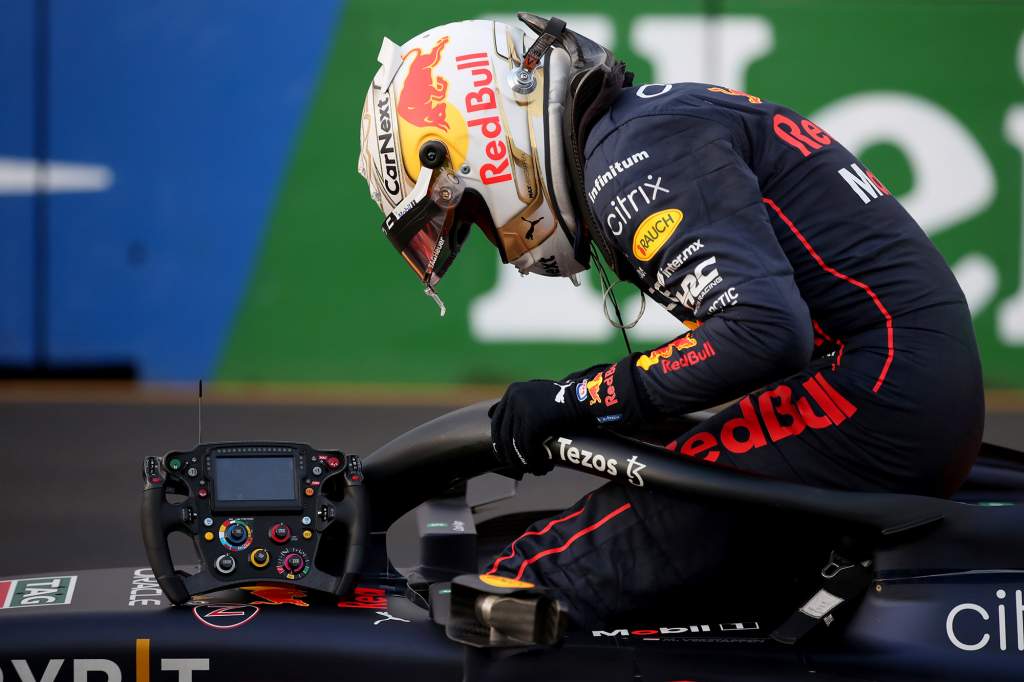Max Verstappen is now on the verge of a one-race ban in Formula 1, following an incident with George Russell at the Spanish Grand Prix. During the final laps of the race, the Red Bull driver collided with Russell`s car, an action Verstappen later admitted was wrong. Stewards penalized him with 10 seconds added to his race time and, significantly, three penalty points on his FIA superlicence.
These three points bring his total over the past 12 months to 11. Drivers who accumulate 12 penalty points within a 12-month period receive an automatic one-race suspension. This precarious situation means Verstappen, known for his aggressive driving style, must tread carefully at the upcoming Canadian and Austrian Grands Prix. Fortunately for him, two points will expire on June 30th, reducing his total to 9 points just before the British Grand Prix.
A race ban due to penalty points is rare but not unprecedented; Kevin Magnussen was suspended for the Azerbaijan Grand Prix last year after reaching 12 points. Oliver Bearman filled in for him.
Penalty points are assessed by race stewards based on the severity and circumstances of each incident, leaving some room for interpretation of the rules. However, Verstappen`s recent points leave him with no buffer; even a minor infringement could trigger the ban.
Here are some types of offenses that can result in penalty points:
Causing a Collision
This is the most frequent reason for penalty points, given when a driver is judged primarily responsible for a crash. Verstappen`s move on Russell in Spain fell into this category, earning him the maximum three points for a single incident. While intent wasn`t proven, a similar incident in 2017 involving Sebastian Vettel and Lewis Hamilton resulted in the same penalty. Four of Verstappen`s other points also came from collisions: two for clashing with Lando Norris in Austria, and two for spinning Oscar Piastri in Abu Dhabi. Liam Lawson is another driver with multiple points solely from causing collisions, such as hitting Valtteri Bottas in Qatar.
Forcing Another Driver Off Track
Verstappen has tested the limits here previously. Two points were added to his licence last year in Mexico City for twice pushing Lando Norris wide while defending position. This type of penalty can occur quickly, as Nico Hulkenberg found when forcing Fernando Alonso wide in Austria, earning two points. Given Verstappen`s racing approach, his team will be watching closely in upcoming races where close battles are likely.
Leaving the Track and Gaining an Advantage
While usually resulting in a time penalty without points, stewards can add points in aggravating circumstances. Kevin Magnussen received three points leading to his ban after repeatedly leaving the track to defend against Lewis Hamilton in Miami 2023. The stewards cited this as an “exceptional circumstance” due to it being the third such instance in one session.
Infringements Under Yellow or Red Flags
Speeding under double-waved yellow flags cost Lando Norris three points in Qatar. Overtaking is also prohibited; Oliver Bearman got a grid penalty and two points in Monaco for passing Carlos Sainz under red flags, despite arguing it was safer.
Driving Unnecessarily Slowly
Verstappen himself received one point for driving too slowly during qualifying in Qatar, impeding George Russell. This incident also led to a reported verbal confrontation between the two drivers.Safety Car and Virtual Safety Car Infringement
Penalties can occur for speeding or failing to maintain the required gap to the safety car. George Russell received a point in Qatar for leaving too large a gap.

